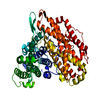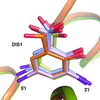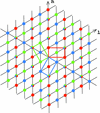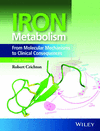issue contents
November 2017 issue

Cover illustration: Four new types of d(CGCGCG)2 crystals have been obtained (Z3A, Z3B, Z4A and Z4B) in the course of investigating Z-DNA crystallized under various conditions. Their high-resolution structures have been described and compared with other crystal forms of Z-DNA duplexes (Luo et al., p. 940). The reciprocal lattice of the Z4A crystal is shown here with three reciprocal orthorhombic unit cells of the three twinned domains represented in different colours. Reflections belonging simultaneously to all three domains have contributions from all colours. This figure also illustrates the diffraction pattern of the 5ebi crystal, with each colour representing pairs of superposed reflections resulting from two twin domains related by one of the three twofold axes in the plane of the figure.
research papers
 access
access access
accessbook reviews



 journal menu
journal menu
























